
| The Watermill, recorded in 1767 but certainly much older, was used until 1963. It has an eleven foot diameter overshot waterwheel and all its machinery is intact. Restored by Pitstone Local History Society, it retains all the atmosphere of a farm mill in the late 1800s. Situated on the borders of Bedfordshire and Hertfordshire, it is the only working watermill to survive in Buckinghamshire with original machinery. |  |
|
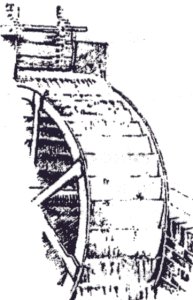 |
The mill is relevant to much of the National Curriculum (ideal
for Key Stages 1, 2 or 3) and to GCSE Social and Economic
History. It also offers some ‘hands-on’ experience.
Pre-visits are welcomed. The booklet mentioned In the Souvenirs section near the end could be helpful in prepatory work. MATHEMATICS: - Key Stages 1. 2 and 3 - 'Shape, Space, Measures'
SCIENCE: - Key Stages I, 2 and 3 - 'Forces and Motion'
DESIGN and TECHNOLOGY: - Key Stages 1 to 4 - 'Materials and Components, Mechanisms, Structures, Products and Applications, Health and Safety, Vocabulary' |
|
The water-mill is a good example of an environmentally friendly use of a natural energy resource.
The water stored in the millpond is used to drive the waterwheel, which, as it turns shows how water, weight and gravity are harnessed to create power to drive the millstones. The way this power is transmitted through gear wheels can be followed, and their design, construction and inter-action clearly seen. Movement makes their operation and function much easier to understand. Simple calculations of the ratios can be made |
 |
 | Working the sack hoist, which is controlled by a rope and pivoted arm, enables children to experience the action of levers by raising a sack to the top of the mill. By doing so, they actually apply the power generated by the waterwheel themselves. |
|
They are also able to experiment with the
Indian quern to help their understanding of
the rotary action of the larger water powered
millstones.
Working the quern shows how the milled grain (meal) is propelled to the edge of the stones by furrows cut into the stones - examples of which can be seen on the millstone outside the front of the mill. The continuity of milling over the centuries can be illustrated by comparing the water powered millstones and the hand quern with the 2300 year old saddle quern - one of the earliest forms of milling. |
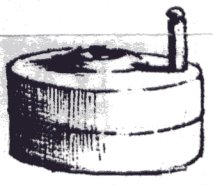 |
 |
Health and Safety
risks associated with milling could be identified and preventative measures discussed.
On display are millwright's tools and equipment used in the past and at present to maintain the mill. These, along with cogs for the gear wheels can be handled and examined. |
TECHNICAL DRAWING:
The mill gearing, sack hoist and artefacts make discrete and simple subjects for all stages and abilities.
HISTORY:
Key Stage 2 - Victorian Britain or Britain since 1930 and Local History.
Key Stage 3 - Britain c1750- l900
GCSE: Social & Economic History
The mill is a living example of rural history in the late 1800s, effectively illustrating the life and work of a miller without electric light or power, only water power. It is also an example of continuity and change. Worked as a flour and provender mill during the 18th and 19th centuries, then, as with other stone mills, it was superseded as a flour producer by the more efficient, greater volume roller mills, but it continued to work this century producing feed for the animals on the farm. The mill makes an ideal subject for a Local Study or History Project.
GEOGRAPHY:
Key Stage 2 - 'Rivers'
Key Stage 3 - 'Economic Activity' and 'Environmental Issues'
| The millpond is fed by the Whistle Brook which can be traced on maps,(not supplied) from springs to the millpond, the moat of a 13th century homestead. The environmental effects of building a dam can be discussed and explored. |
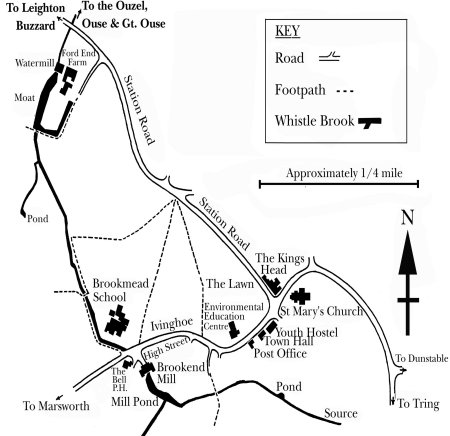 |
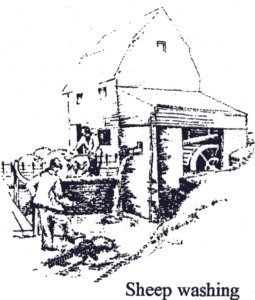 |
Sheep were washed below the mill to make the fleece easier to shear and to increase its value. A study in simple economics. A graphic description of the way this was carried out always fascinates. |
|
SCIENCE: - Key Stages 1 to 4 - 'Living Things in
their Environment'
ENGLISH: - Key Stages 1 to 4 Observing and discussing the mill and its location, and the natural history around it - ducks and geese on the millpond, fish in the brook, etc. will help stimulate speaking, listening and writing skills. |
 |
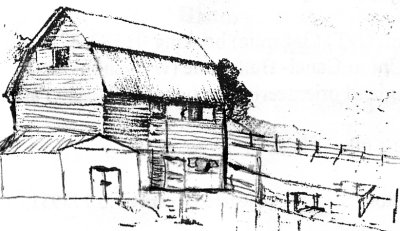 |
ART:
The mill building, waterwheel, machinery and artifacts offer interesting subjects for sketching. |
GENERAL INFORMATION:
LOCATION
The mill is on the outskirts of lvinghoe village, just off Station Road (the B488 to Leighton Buzzard)
approximately 600 metres from the church. OS Landranger Map 165 GR SP 941166.
Ample parking for cars and mini-buses in the yard in front of the mill; buses can park to one side of
the farm access track.
The mill is on a working farm and care and proper supervision should be exercised.
FACILITIES
Picnics can be taken in the mill compound, and coats etc can be left inside the mill on the ground floor
(no hangers). There are no toilet facilities. Access to the upper floors is by typically steep mill stairs.
GUIDES
A guide will set the wheel and gearing in motion, demonstrate the sack hoist, invite children to work it
and, if required, will show the party round the mill and talk about its history and operation.
PARTIES
It is suggested that an hour be allocated for the tour. Party size is dependant on age, but numbers inside
the mill above ground floor have to be limited to 20 including adults. Parties must include one adult
(teacher or helper) for every 8 children for safety reasons (water, moving machinery, etc).
SOUVENIRS
A small selection of inexpensive souvenirs is available. An illustrated 16 page booklet has been
produced which describes the mill, its machinery and operation and gives a brief account of the mill's
known history. It can be obtained in advance - £1.50 plus postage and packing.
BOOKING,PRE-VISIT ARRANGEMENTS AND ENQUIRIES
Should be made through Mrs Jill Graves on 01296 660074
Email: jill.graves@sky.com
GENERAL ENQUIRIES
For technical and general information, please telephone
Chris Tugby on 01442 825421
Email: millman@fordendwatermill.co.uk
FURTHER READING
"The Watermills of Britain" by Leslie Syson.
David and Charles 1980 ISBN 0-7153-7824-4
"Corn Milling" by Martin Watts.
Shire Publications 1983 ISBN 0-85263-623-7
The introduction in Vol 1 of "Watermills of the London Countryside" by Kenneth C.Reid.
Charles Skilton 1987 ISBN 0-284-39165-4
"Watermills and How They Work" by John Vince.
Sorbus 1993 ISBN 1-874329-50-8
The introduction in "Discovering Watermills" by John Vince.
Shire Publications 1993 ISBN 0-7478-0206-8
OTHER THINGS TO SEE IN THE VICINITY
**Pitstone Green Farm Museum (1 mile);
** .
St Mary's Parish Church, Ivinghoe (600 metres);
Pitstone Windmill(NT) (3/4 mile)
Grand Union Canal - Bulbourne (workshops);
Marsworth (for Tring reservoirs);
Pitstone - map reading and orienteering on Ivinghoe Beacon and
Pitstone Hill;